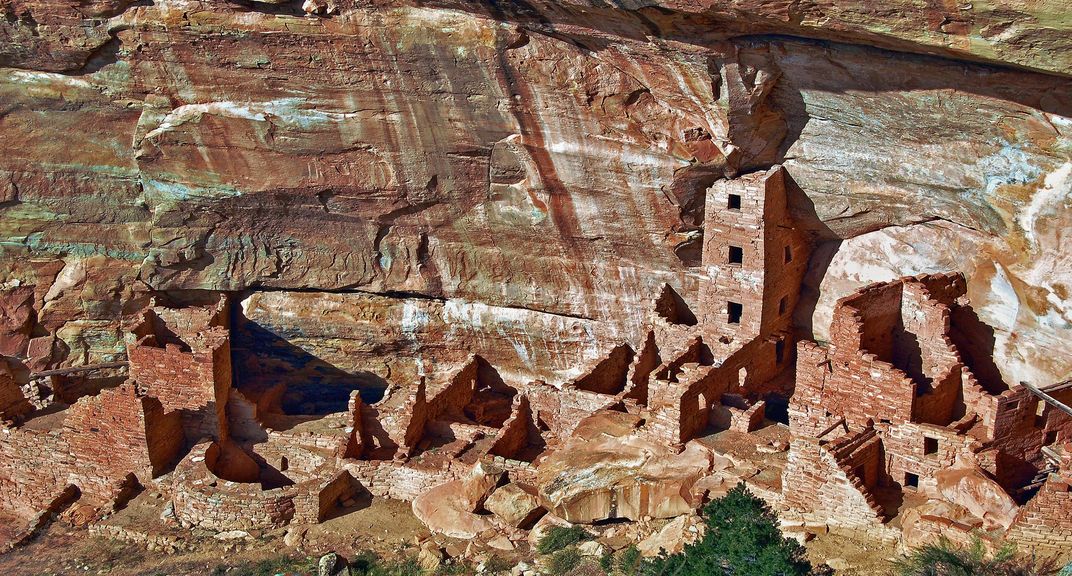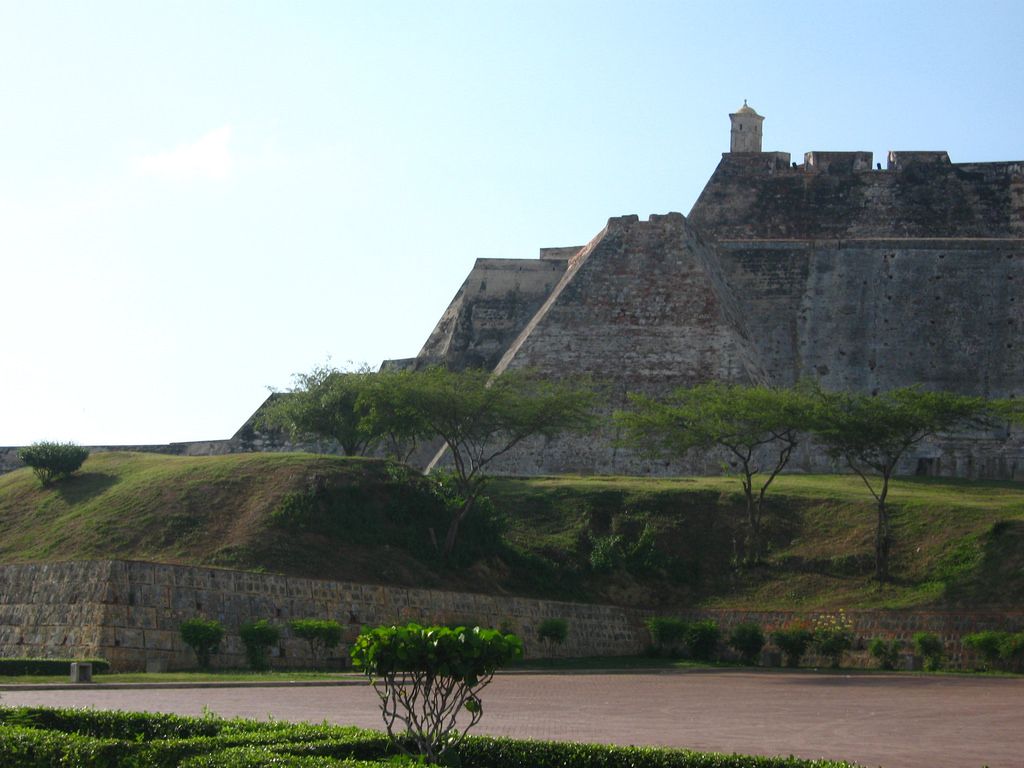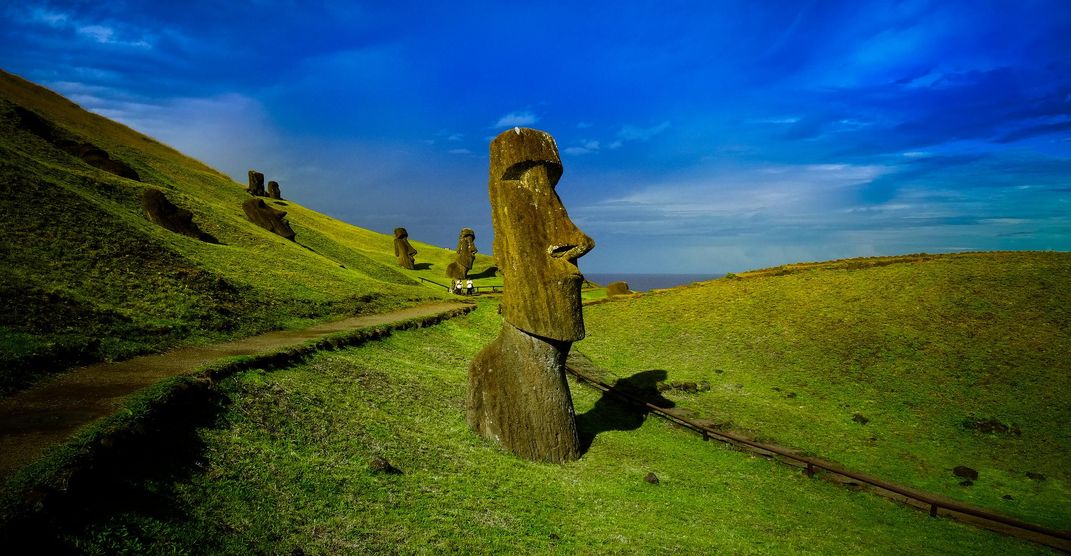Five Landmarks Threatened by Climate Change
Will a warming planet destroy humankinds’ most precious cultural treasures?
/https://tf-cmsv2-smithsonianmag-media.s3.amazonaws.com/filer/43/c3/43c38bc6-06c8-4167-a3fa-289da715a34e/stonehenge.jpg)
Hunger, disease, dwindling natural resources—climate change promises to visit all of those misfortunes and more on humankind if it can’t be curbed. But there’s something else a changing climate can take away from humans, Fiona Harvey reports for The Guardian: their cultural heritage. A new UNESCO report suggests that some of the world’s most famous heritage sites could be destroyed by climate change.
The report looks at the direct and indirect impacts of the changing climate on both UNESCO World Heritage sites and the tourism sector they support, calling it “one of the most significant risks” the sites face. Since cultural treasures are usually static and unable to move, says the report, they are inextricably tied to place—and as the landscapes that surround them change, they are uniquely vulnerable. From drought and rising seas to moles, here is a selection of landmarks facing climate change threats:
The Statue of Liberty (New York, United States)

At first blush, it’s hard to see how a 305-foot behemoth made of 225 tons of copper and metal could not withstand a changing climate. But the report points to rising sea levels and increasing storms as a real risk to Lady Liberty. Hurricane Sandy put the statue in the path of the largest Atlantic hurricane on record, causing approximately 75 percent of Liberty Island to disappear underwater and destroying much of neighboring Ellis Island. Though the statue was not damaged and was reopened, UNESCO warns that might not be the case in the future. The report points out that the monument is at serious risk from rising sea levels and is vulnerable to storms—a scary prospect given that Atlantic hurricanes are expected to become more frequent and more violent the more the atmosphere warms.
Mesa Verde National Park (Montezuma County, Colorado)

Another United States icon is threatened by a very different facet of climate change: drought. Mesa Verde National Park, an impeccably-preserved ancient Ancestral Pueblo home carved into the side of a Colorado cliff, faces rising temperatures and declining rainfall. That combination could cause increased wildfires that might irreversibly damage the park, according to the report. Ironically, an extended period of drought may have driven Mesa Verde’s original residents out of their homes, but their spectacular homes survived. So far, several major fires near the park have not destroyed the precious landmark within, but a big enough fire fueled by hot conditions could. So could flash flooding or erosion in the canyon below.
The Fortresses of Cartagena (Cartagena, Colombia)

On the Caribbean coast of Colombia stands Castillo San Felipe de Barajas, a Spanish colonial castle that represents the long legacy of colonial military might in the area. It’s part of a series of fortifications and castles in the city—buildings that are among Colombia’s most popular tourist destinations and that could one day be swept away by rising seas. The report points out that the destruction of fortresses like Castillo San Felipe de Barajas could gut the city’s poorest residents and decimate the tourism industry that keeps Cartagena going. But Cartagena isn’t taking the threat lying down: It’s launched an initiative called Plan 4C that’s dedicated in part to protecting the older parts of the city from a coastline that’s projected to move hundreds of feet inland.
Rapa Nui National Park (Easter Island, Chile)

Talk about iconic: The mysterious heads on Easter Island represent an enigmatic ancient civilization and a centuries-long debate about what they really mean. But the same coastal setting that makes the island so fascinating could become a dangerous liability in the years ahead. The report warns that higher wave heights are expected to erode the statues even further, even potentially toppling them if waves get high enough. Erosion is another danger: The island has a high soil erosion rate that could worsen with reduced summer rainfall, destroying both the artifacts on the island and the island itself.
Stonehenge (Wiltshire, England)

How could huge rocks in the middle of a country renowned for its gloomy, rainy days be susceptible to climate change? UNESCO has an answer: moles. Growing populations of these burrowing mammals, fueled by warmer summers, could endanger the stones themselves, disturbing the soil beneath and making them more vulnerable to soil erosion. England’s famous rainfall is a danger, too: Flash floods and and torrential rains exacerbated by more intense weather patterns could one day turn the memorable Neolithic monuments into a mere pile of inundated rocks.
/https://tf-cmsv2-smithsonianmag-media.s3.amazonaws.com/accounts/headshot/erin.png)
/https://tf-cmsv2-smithsonianmag-media.s3.amazonaws.com/accounts/headshot/erin.png)